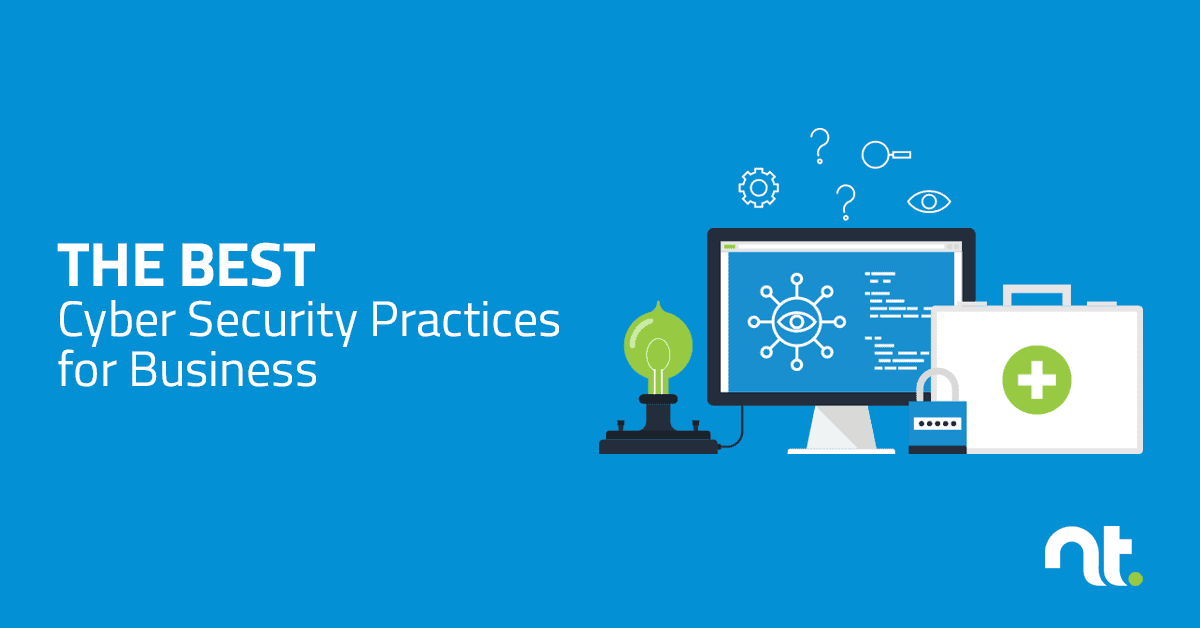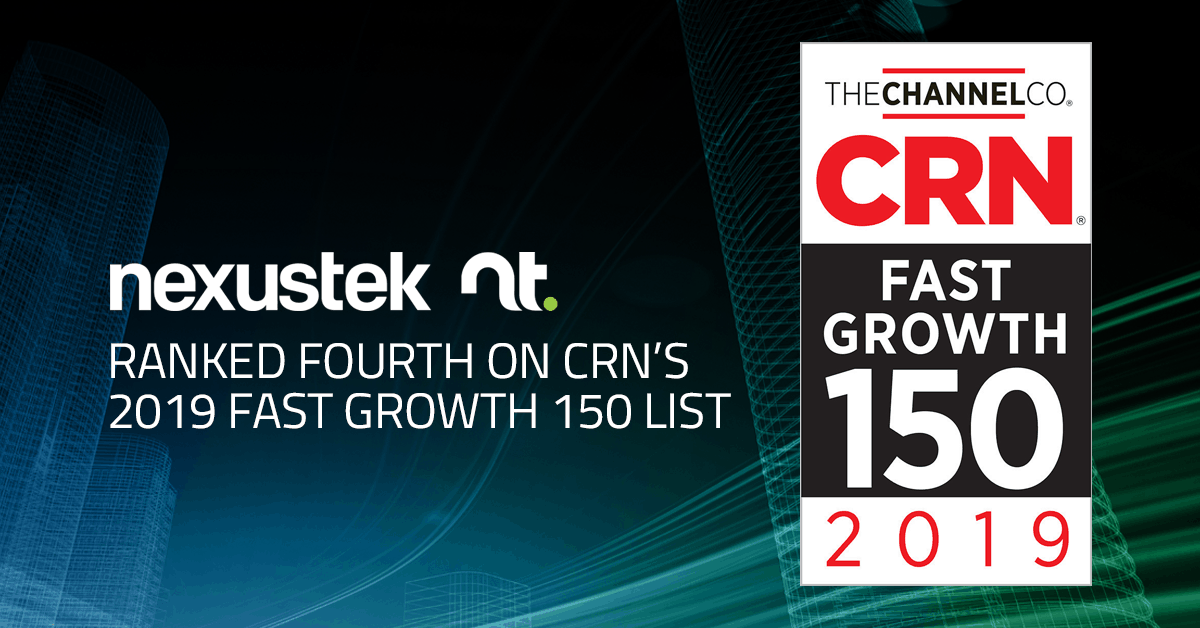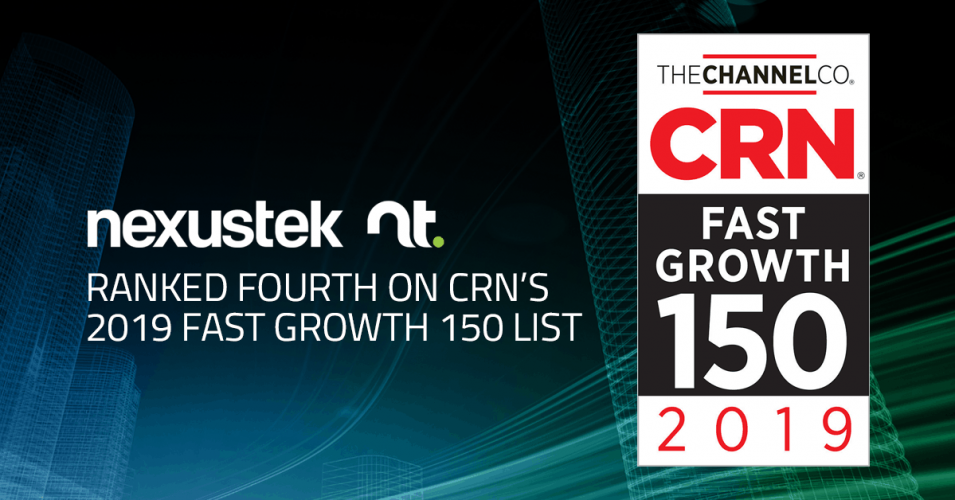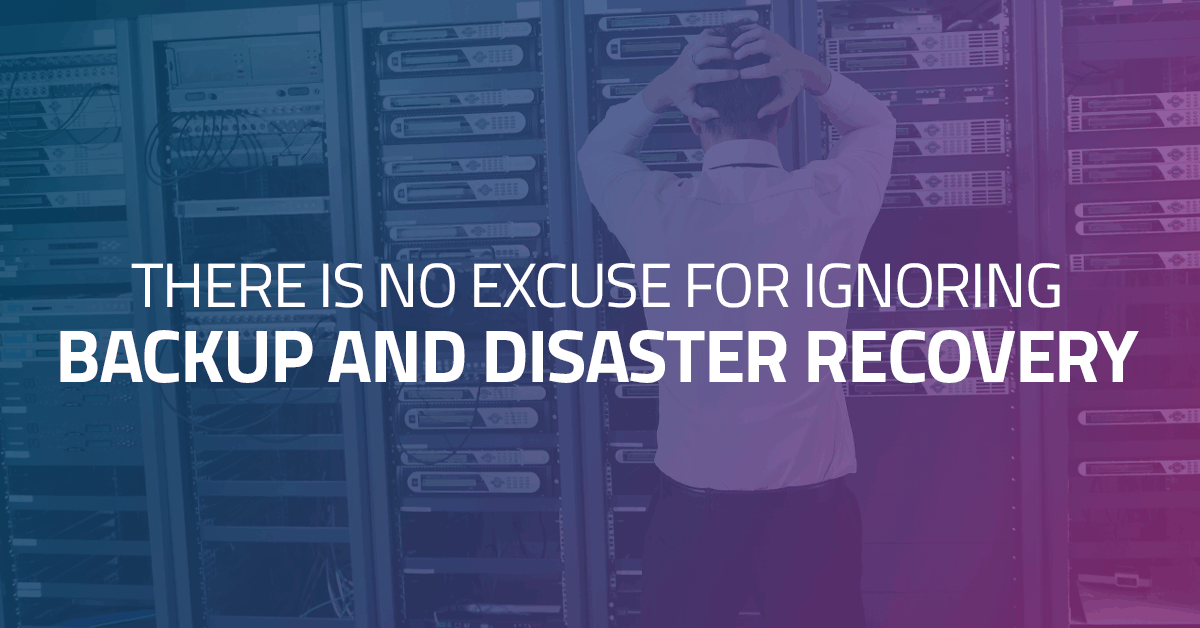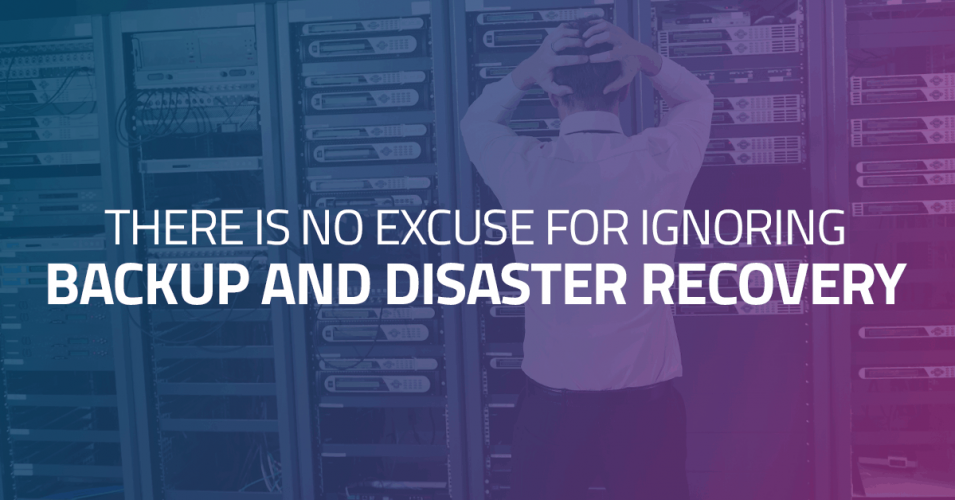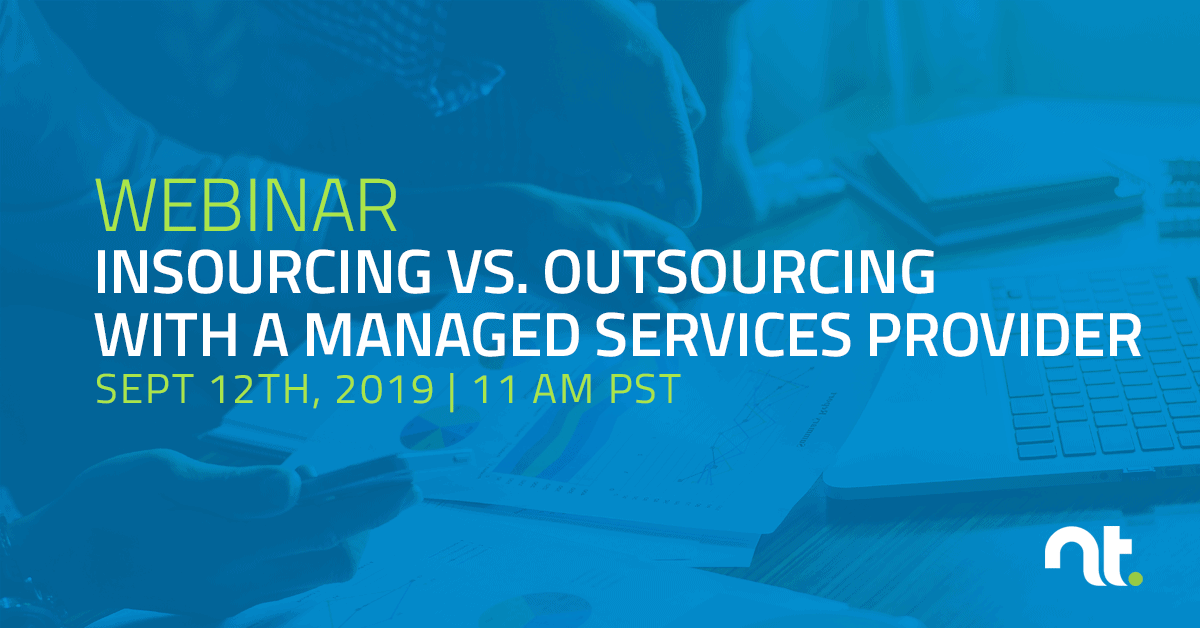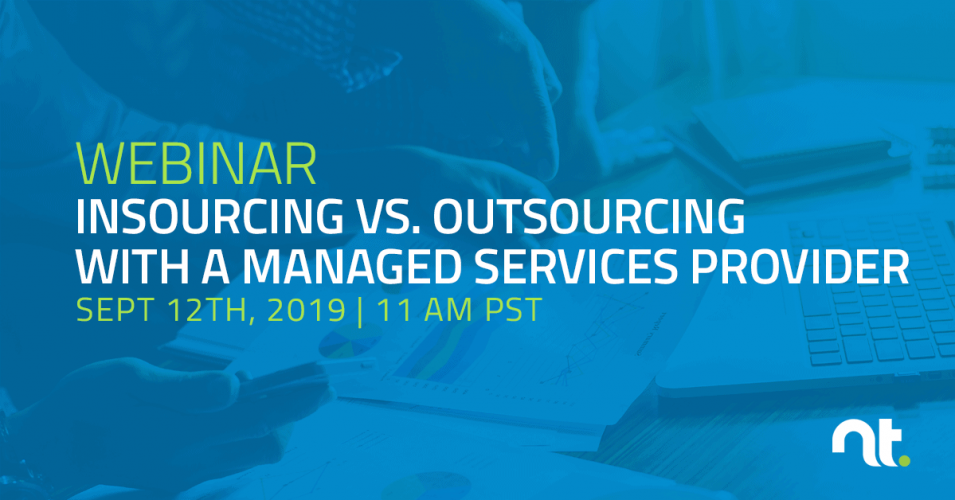READ TIME: 3MIN
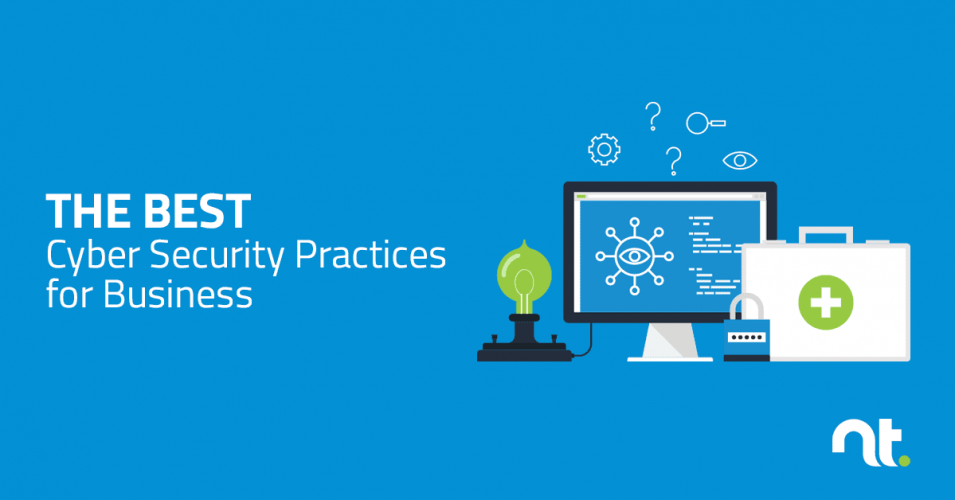
The Best Cyber Security Practices for Business
Do you think your business is flying under the radar of today’s hackers? If you’re in that mindset, then you would be making a big mistake. Small and medium businesses are increasingly being targeted by cybercriminals simply because most don’t take the time to implement these cyber security best practices. The following are just a sampling of proven business technology practices for companies interested in significantly reducing their risk of falling victim to a successful cyberattack:
- Understand what’s at risk. Is your data important to your business? If you were to lose all your accounting files or access to your CRM, how long would that affect your business? Taking inventory of your vital data can help you calculate the risk of data loss to your business. This is a traditional practice of any high-quality managed IT services provider but something an internal IT staff may not have time to prioritize due to managing day-to-day demands. When you know exactly what is at risk, you can create a plan that includes the right mitigation elements.
- Protect your email. Malware lurks in your email (phishing) or within unknown links on the web. Malware, if it sneaks into your system, can give hackers access to your network and ultimately hurt or devastate your business. Many people believe that Microsoft has enough protection built into the software. This is unequivocally false. To continue “business as usual” without implementing additional layers of email security to monitor and block these threats, is simply asking for trouble. Your business is your livelihood just like your house is your safe haven. You would not leave your door wide open at night and hope no one with criminal intent walks through your neighborhood.
- Layers of protection for your email is a basic standard. Check into it, if you have not already implemented this best practice then it’s time to immediately correct.
- Encrypt data and control permissions. Encryption helps to ensure that only those who have permissions can access and read your data. If you have Microsoft Office 365, make sure you have a firm grasp on your admin and user privileges. Setting a hierarchy for controls is a best practice that should be implemented and regularly updated. Staying current with this practice is a must, considering the changes of leadership in today’s fast-paced corporate environment. The admin holds the keys to the kingdom after all!
- Have a cloud-based backup. Losing data cripples businesses. The Cloud conversation has transitioned from “don’t be afraid” to “let’s talk about your cloud strategy.” Your backup plan is the only thing that will get your business as close to zero-downtime when an unexpected, unplanned disaster occurs. Don’t forget the most important factor for your backup plan – constant monitoring and testing!
- Educate, educate, educate! Your end users can be your weakest link, or they can be your best line of defense. Leaders in the IT industry have spoken repeatedly about this through the years. IT professionals at every level understand that the holes in your system are not solely found in your technology. Human error from lack of training is one of the biggest factors in a successful cyberattack. Initiate this conversation, if you have not already, on current cyber threats and your end user’s role in creating a digitally savvy workforce.
Every organization – regardless of size or industry – needs a cyber security strategy. The above sampling of proven business technology practices will strengthen your defense against hackers. Regardless, continue to check for cyber security resources so you can stay informed and one step ahead of the hackers.





